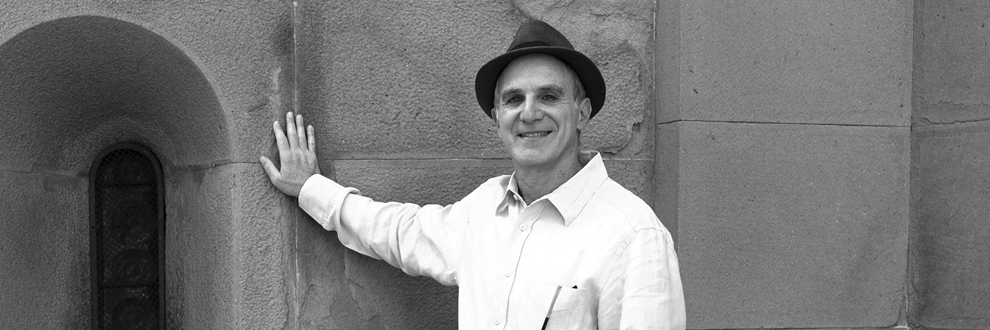Mapplethorpe and Michelangelo: Renaissance art (history) meets the Modern World
Biblioteca
29 SET 2018
This lecture allows you to look over the shoulders of a Renaissance scholar who organized a Robert Mapplethorpe exhibition in Florence, in the Accademia Museum, literally at the foot of Michelangelo’s David. The speaker started with the basics: he talked to the artist’s friends, including Patti Smith and Philip Glass, he met the artist’s models and assistants, and he read interviews with Mapplethope himself. Often the artist said, "I’m looking for perfection in form … It’s not different from one subject to the next. I am trying to capture what could be sculpture.” This approach is the complete opposite from the typical one found in newspapers and museum catalogues, which usually focus on the subject matter of Mapplethorpe’s photographs. The lecture explores how Mapplethorpe captured a sculptural essence in his photographs from his close observations of Renaissance works, especially Michelangelo’s. The artist’s own words lead us to a new understanding of his works, and provide one key to appreciate the current exhibition at the Serralves Foundation.
Jonathan K. Nelson Jonathan K. Nelson, Associate Professor at Syracuse University Florence, is a leading specialist of Italian Renaissance Art. In 2004 he co-authored a major monograph on Filippino Lippi, and co-curated a Botticelli and Filippino exhibition at the Palazzo Strozzi, Florence; he is currently working on a new monograph of Filippino Lippi. He also co-curated two exhibitions at the Galleria dell’Accademia, Florence: dedicated to Venus and Love. Michelangelo and the New Ideal of Beauty (2002) and Robert Mapplethorpe: Perfection in Form (2009). When he was Assistant Director of Villa I Tatti, the Harvard University Center for Italian Renaissance Studies, he created two online exhibitions about Bernard Berenson (2012, 2015). Other books include Leonardo e la reinvenzione della figura femminile, (2007) and, with Richard J. Zeckhauser, The Patron’s Payoff: Economic Frameworks for Conspicuous Commissions in Renaissance Italy (2008).
Jonathan K. Nelson Jonathan K. Nelson, Associate Professor at Syracuse University Florence, is a leading specialist of Italian Renaissance Art. In 2004 he co-authored a major monograph on Filippino Lippi, and co-curated a Botticelli and Filippino exhibition at the Palazzo Strozzi, Florence; he is currently working on a new monograph of Filippino Lippi. He also co-curated two exhibitions at the Galleria dell’Accademia, Florence: dedicated to Venus and Love. Michelangelo and the New Ideal of Beauty (2002) and Robert Mapplethorpe: Perfection in Form (2009). When he was Assistant Director of Villa I Tatti, the Harvard University Center for Italian Renaissance Studies, he created two online exhibitions about Bernard Berenson (2012, 2015). Other books include Leonardo e la reinvenzione della figura femminile, (2007) and, with Richard J. Zeckhauser, The Patron’s Payoff: Economic Frameworks for Conspicuous Commissions in Renaissance Italy (2008).

